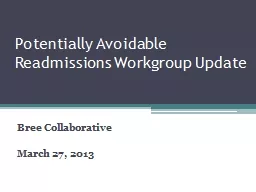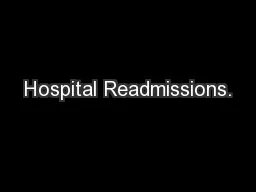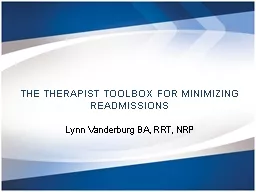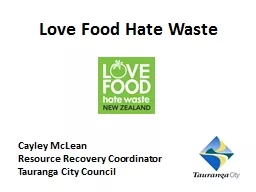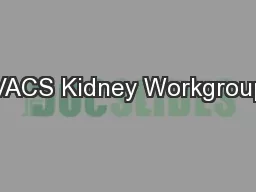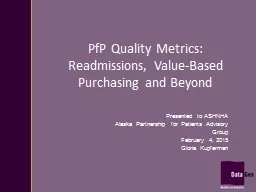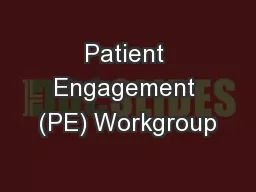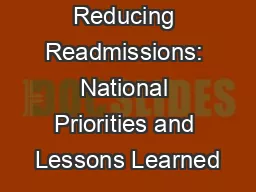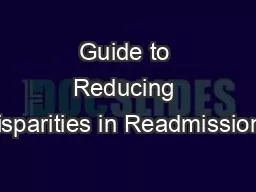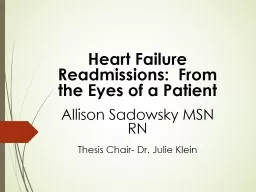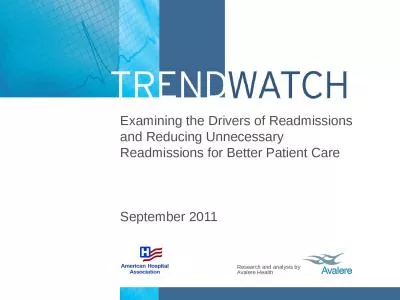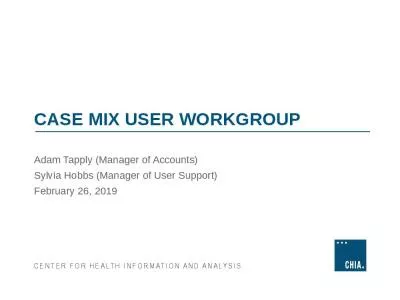PPT-Potentially Avoidable Readmissions Workgroup Update
Author : mitsue-stanley | Published Date : 2015-10-23
Bree Collaborative March 27 2013 Outline of Todays Meeting Update on Bree Collaborative request to WSHA and Qualis to semipublicly publish 30day allcause data Update
Presentation Embed Code
Download Presentation
Download Presentation The PPT/PDF document "Potentially Avoidable Readmissions Workg..." is the property of its rightful owner. Permission is granted to download and print the materials on this website for personal, non-commercial use only, and to display it on your personal computer provided you do not modify the materials and that you retain all copyright notices contained in the materials. By downloading content from our website, you accept the terms of this agreement.
Potentially Avoidable Readmissions Workgroup Update: Transcript
Download Rules Of Document
"Potentially Avoidable Readmissions Workgroup Update"The content belongs to its owner. You may download and print it for personal use, without modification, and keep all copyright notices. By downloading, you agree to these terms.
Related Documents

